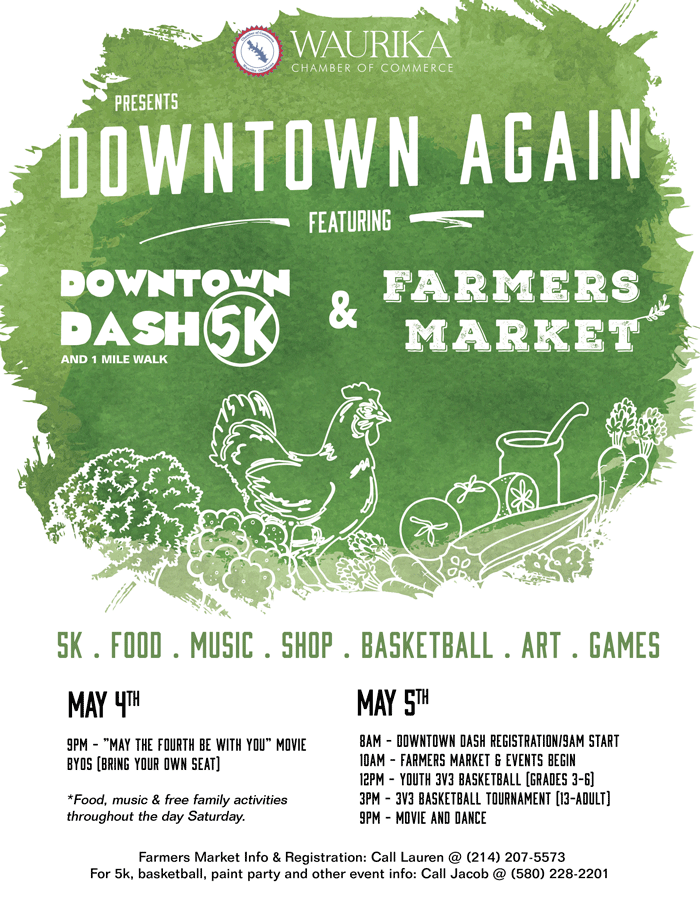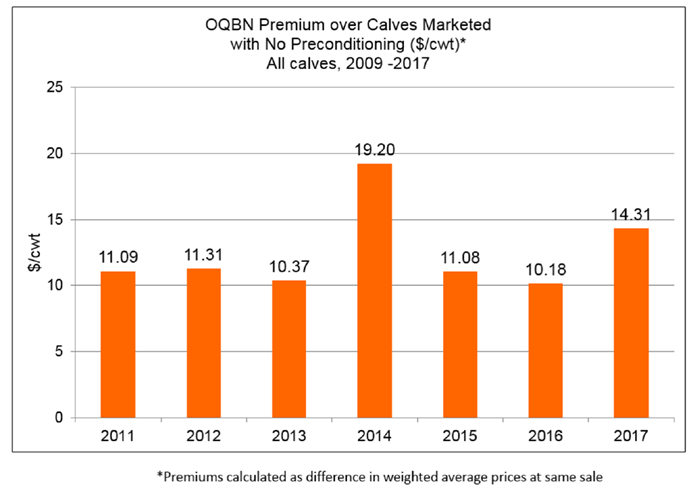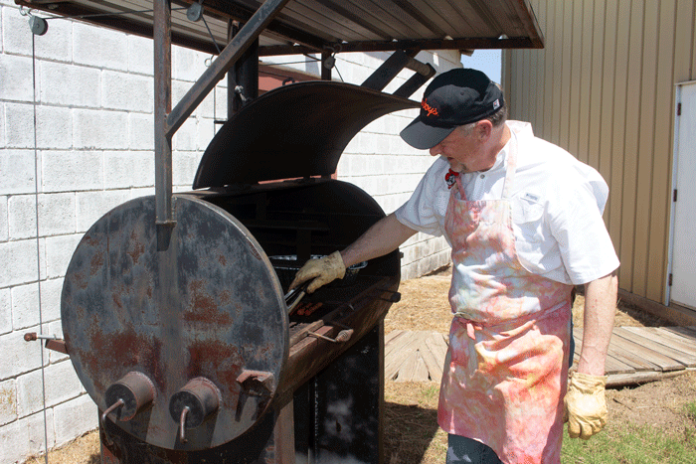If you are a fruit and/or vegetable grower, you are required by law, pursuant to the Food Safety Modernization Act (FSMA) that requires “At least one supervisor or responsible party for your farm must have successfully completed food safety training at least equivalent to that received under standardized curriculum recognized as adequate by the Food and Drug Administration.” The good news is that a one-day Grower Training Course, designed to satisfy this FMSA produce safety rule requirement, will be offered locally, at the OSU-IAB (on Sam Noble Parkway/Hwy. 199, about ½ mile east of the Southern Technology Center) on June 7, beginning at 8:30 am. The training is offered and conducted by the OSU Food & Agricultural Products Center (FAPC) staff.
Fruit and vegetable growers and others will receive information about:
· Produce Safety
· Food Safety Modernization Act (FSMA) Produce Safety Rule
· Good Agricultural Practices (GAPs)
· Co-management of Natural Resources
· Food Safety
The cost is $15/person for Oklahoma residents and includes lunch, snacks, and materials. Registration can be found online at fapc.biz/workshops/produce-safety-alliance-grower-training-course or to register and pay by phone you may call Karen Smith at 405-744-6277.
Last Call for Ranch Tour! . . . If you are interested in this unique opportunity to see some of south-central Oklahoma’s more notable ranches, and learn from some progressive beef cattle producers, registration will likely close Monday, May 28.
Cost is $30 per participant. Online registration is available at http://www.ansi.okstate.edu/marketplace through the OSU Department of Animal Science.
On May 30, the vans will depart at 12:15 p.m. from the Ardmore Convention Center, located at 2401 Rockford Rd. and travel to the Chuckwagon Barbecue Restaurant, located at 101 Hargrove St. and State Highway 7 in Velma, prior to continuing on to the first ranch site.
Out of respect to our gracious ranch hosts and in the interest of logistics, we ask participants to ride in the vans provided. If you must caravan in your own vehicle, please drive a pickup able to handle the terrain and carpool as much as possible.
The vans will return to the Ardmore Convention Center at approximately 8 p.m. The second day of the tour will kick off at 8 a.m. and finish early in the afternoon of May 31.
Ranch sites on the tour include Sugar Loaf Ranch in Velma, Sparks Ranch in Hennepin, Coffey Ranch in Davis, Daube Ranch in Ardmore, Eddie Parker Angus Ranch in Waurika, Wilson Cattle Company in Ringling and Howard Cattle Company in Claypool.
Anyone interested in obtaining additional information about the tour should contact me by email at leland.mcdaniel@okstate.edu or by phone at either 580-223-6570 or 580-228-2332, or visit my Facebook page.
Follow me on Facebook @ https://www.facebook.com/leland.mcdaniel
Find out what is happening in OSU Extension at https://calendar.okstate.edu/oces/
Oklahoma State University, in compliance with Title VI and VII of the Civil Rights Act of 1964, Executive Order 11246 as amended, and Title IX of the Education Amendments of 1972 (Higher Education Act), the Americans with Disabilities Act of 1990, and other federal and state laws and regulations, does not discriminate on the basis of race, color, national origin, genetic information, sex, age, sexual orientation, gender identity, religion, disability, or status as a veteran, in any of its policies, practices or procedures. This provision includes, but is not limited to admissions, employment, financial aid, and educational services. The Director of Equal Opportunity, 408 Whitehurst, OSU, Stillwater, OK 74078-1035; Phone 405-744-5371; email: eeo@okstate.edu has been designated to handle inquiries regarding non-discrimination policies. Any person who believes that discriminatory practices have been engaged in based on gender may discuss his or her concerns and file informal or formal complaints of possible violations of Title IX with OSU’s Title IX Coordinator 405-744-9154.









